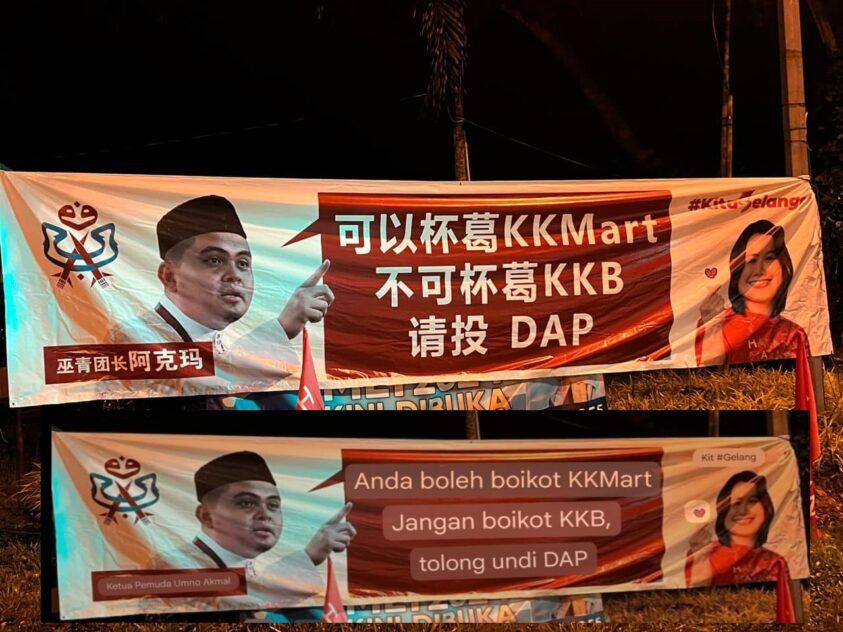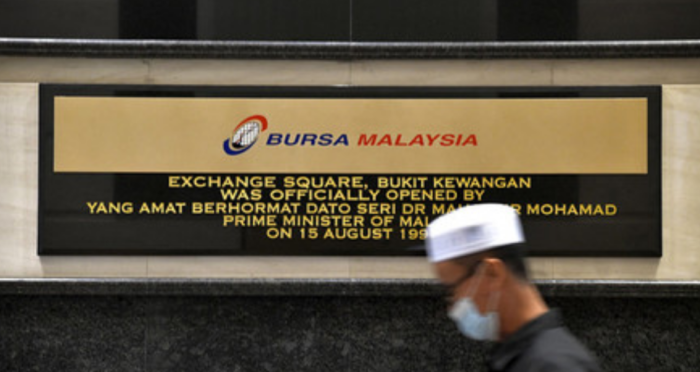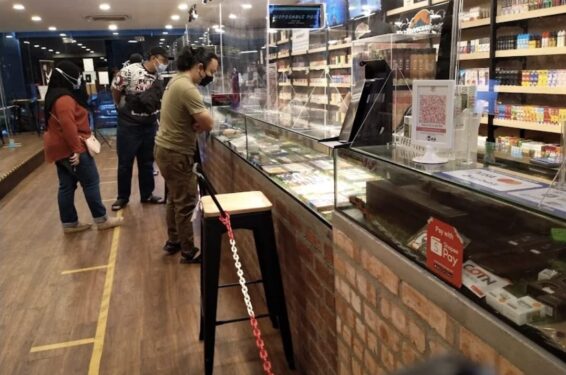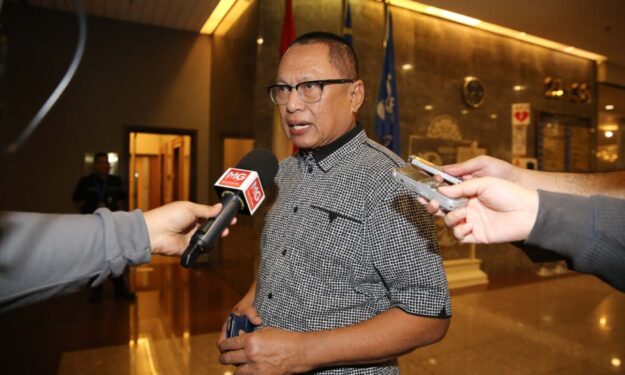IN the previous article, we spoke on how the Norway Government Pension Fund Global (GPFG) as well as Singapore’s Temasek Holdings (Temasek) and GIC Private Limited set the “gold standard” in terms on how Sovereign Wealth Funds (SWFs) are managed.
Here, we will elaborate on why the above mentioned SWF’s have turned into the world’s success story, unlike the ones in some countries.
Critical success factor (CSF) 1: Clear vision to provide inter-generational well-being for the entire nation
SWFs may pursue one or a few overarching goals: i) intergenerational wealth preservation, ii) support domestic industry and iii) manage the revenue volatility.
Norway’s GPFG is an example of an SWF created for goals i) and iii), while Singapore’s Temasek is geared towards goals i) and ii). However, irrespectively, everything that both these funds do are underpinned by a very clearly expressed philosophy of “safeguarding the national wealth” and managing it “for the advancement of their communities across generations”.
Although all the above goals sound reasonable, in practice, as scholarly reviews of SWFs performance suggest, the “strategic industry” investment into the domestic economy appears to be the most problematic, especially against the backdrop of a country’s low quality of governance, weak enforcement of rule of law, and particularly in the presence of divisive identity politics.
What more if a fund is explicitly created as a Government arm to advance the interests of a particular group rather than the entire nation?
Even though Khazanah has undergone multiple restructurings over the recent years, shaking off its philosophical ambiguity of “strategic industry” and “economic interests”, which is keeping the fund from contributing to economically optimal outcomes for the entire nation, might be harder than ever in a corruption and identity-politics ridden country.
CSF2: Portfolio of highly diversified global assets
The GPFG is required by law to invest entirely outside of Norway—as of today, 9,338 companies across 70 countries covering equities, bonds, real estate, and renewable energy. This is mainly to sterilise excess money stock that the local economy cannot digest (not to spur inflation).
Temasek’s investments are also globally diversified, though anchored in Asia. However, even though the fund has started as a vehicle to manage local state-owned enterprises, as of last year, only 24% of its funds are invested in the domestic economy.
The focused international investment protects these funds from the high risk of corruption or political distribution of the funds (region-, religion-, ethnicity- or any other domestic political grouping-based rather than based on the strict economic sense) associated with the predominant choice of investable projects in the domestic economy (see CSF1 above).
In contrast, until now, over 60% of investments by Khazanah’s commercial fund are concentrated in Malaysia.
CSF3: Thematic investment with a long-term strategic focus
Both GPFG and Temasek have clear investment strategies aligned with the fund’s philosophy to keep them in check. We can say these funds engage in “thematic investment”—the countries clearly invest in those same sectors that they are passionately obsessed with locally but outside of the country.
In other words, they brilliantly use the outside global scale to leverage their national winning strategies without “overheating” their economies.
For example, GPFG filters its investments by “seven expectations”, including children’s rights, climate change, water management, human rights, tax and transparency, anti-corruption, and ocean sustainability.
Temasek’s investments revolve around six major trends: longer lifespans, technology-enabled opportunities, eco-conscious solutions, intelligent systems, sharing economies, and an increasingly interconnected world. For example, Temasek passionately invests in food security projects around the globe, while Singapore’s domestic obsession with food security is matchless.
In this context, it is a pertinent question to Malaysian policymakers: What is it that they are passionate about except politicking? In terms of food security, we are nowhere.
The country continues to lose critical digital skills, talents and ecosystem potential. Profitable and critical for Industry 4.0 projects continue going to our neighbouring countries, and the list can go on. This absence of focus is thus reflected in the performance of our SWF.
CSF4: Separation of power
The day-to-day management of the fund should be kept at a healthy distance from daily Government business (investment decision interference, fiscal and monetary policy) and yet in sight to keep the fund to the general welfare objective.
Also, there must be a clear guideline delinking the funds’ earnings from its use to reduce the risk of overdependence by policymakers.
Temasek, therefore, is managed like a commercial company that contributes to Government revenue through taxes. GPFG’s management is delegated to the Norges Bank Investment Management team as krone deposit account with the clear legal framework directive that the transfers from the account to the government budget shall never exceed the fund’s expected real return.
CSF5: Radical transparency
GPFG and Temasek scored the highest of 10/10 on Linaburg-Maduell Transparency Index by SWFI, while Khazanah only scored 6/10. However, we do not need indexes to tell us the obvious—the GPFG’s transparency is unparalleled globally and sets the gold standard for SWFs.
The fund consistently avails annual reports of its operations, interim reports, management reviews, voting guidelines, strategic plans, and a plethora of other information, including even the granular details on its investments across its portfolio.
CSF6: Professional management
The uncanny professionalism supported by the principles of meritocracy and the input-output-outcome-impact (IOOI) framework is another defining characteristic of GPFG and Temasek.
These SWFs are managed by technocrats with the set outcome and impact-centred key performance indicators versus political mercenaries obliged to satisfy their political masters.
“Temasek has its roots in Singapore, a country founded on the ideals of meritocracy”—underscores the fund in its report. Therefore, meritocracy is at the heart of how this SWF hires or rewards its staff or how it invests. There are clawbacks there if there is no impact!
The GPFG, just like Temasek, is created to make an impact with the involvement of key stakeholders such as technocrats, academics and industry experts tasked by the Government to conduct studies to ensure decisions are evidence-based in the best traditions of the input, output, outcome, impact (IOOI) approach.
CSF7: Flexibility in adapting to changes
This CSF directly stems from professionalism in management (CSF6). GPFG and Temasek manage their portfolios dynamically and boldly in line with global opportunities. Note that both funds are predominantly invested in equities, including private equity—high growth but risky strategy.
For example, in 2007, GPFG has increased its equity allocation from 40% to 60% on the crush of financial markets and created 5% allocation for real estate buying the bottom of the property market the following year.
In 2015, Temasek divested about S$19 bil, a record amount, by reducing its exposure to industries like semiconductor manufacturing, among others, which might not have a bright future and increase their positions outside Asia to capture opportunities for innovative frontier tech and sustainable solutions.
CSF8: Political will and commitment
As a final stroke, or rather as a result of the above solid foundations and principles, both SWFs, GPFG and Temasek, have demonstrated enviable consistency and commitment to the sustainability of the SWF even under multiple political leadership changes like in Norway.
Under different country leaderships, the Norwegian parliament has continued to pass numerous reforms to self-regulate its oversight of the GPFG to make the fund even more sustainable and resilient.
The above CSFs constitute an important conceptual framework that explains the glaring gap in SWFs’ performance and impact on their respective nations. Therefore, this framework informs us well on what we need to do to reinvent our own SWF. So let us be cleverer! – March 12, 2022
Dr Rais Hussin and Dr Margarita Peredaryenko are part of the research team at EMIR Research, an independent think tank focused on strategic policy recommendations based on rigorous research.
The views expressed are solely of the author and do not necessarily reflect those of Focus Malaysia.










